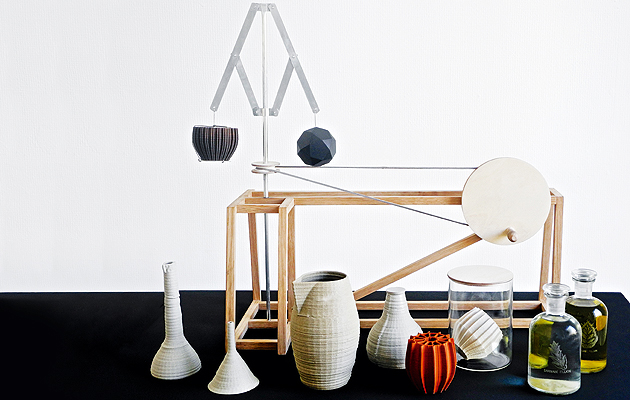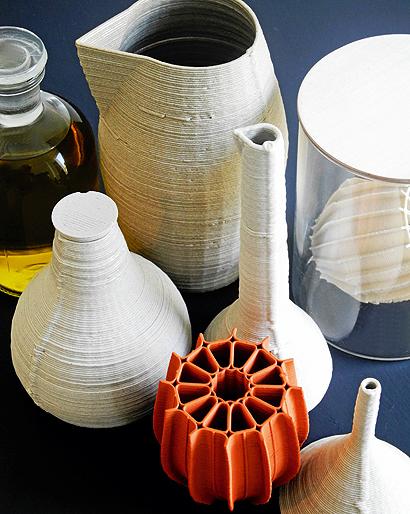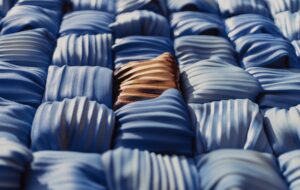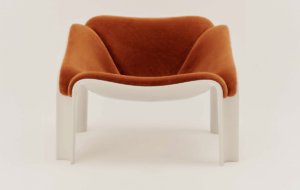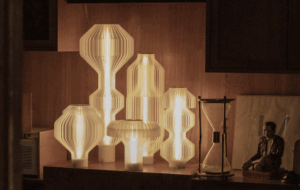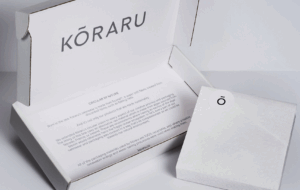|
An oak and aluminium stand helps to disperse the scent |
||
|
3D printing meets medieval alchemy in this ceramic perfume-making system Belgian studio Unfold has made for a French perfume designer Antwerp-based design studio Unfold has put its ceramic 3D printing skills to good use in a collaboration with French perfumer designer Barnabé Fillion. Using a technique that it developed in 2009 and subsequently used on a ceramic water filtration system for developing countries, the studio has produced The Peddler, a series of objects for diluting and dispersing perfume. Fillion approached Unfold after seeing some of its previous 3D-printed work with ceramics. “We turn down about 90 per cent of commissions for ceramic 3D printing,” says Dries Verbruggen, one half of the studio, “as most people just want us to print something for them. But there was something really intriguing in the email Barnabé sent. It included all of his inspirations and thoughts for The Peddler, which matched up so well with our own that it was instantly clear that we had to work together.”
The 3D-printed elements each have a unique rough surface The set includes a carafe, flask, pipette and funnel for diluting and mixing the perfume, but the object at the heart of the project is the diffuser, which absorbs the liquid and dissipates the scent. “When you put perfume on your skin, it takes a day for the scent to develop,” explains Verbruggen. “But with the diffuser, it takes a whole week for the scent to develop – for the mid and base notes to fully express themselves.” The diffuser resembles the cutaway of a strange, tropical fruit. “That was the inspiration,” Verbruggen says. “We wanted to make quite a compact object. The idea is that a fruit contains the essence of its scent and when you cut through, you release it. The cut-throughs of botanical elements, such as seeds and fruits, have long been an inspiration for our 3D-printed ceramics.” The diffuser rests in an oak and aluminium stand that not only adds to the sense of perfume-making as an alchemical art, but also acts as a practical aid for the the distribution of the scent. By turning the handle, the diffuser rotates and releases the scent in stronger bursts – useful for getting the point across in crowded design fairs such as Maison & Objet, where The Peddler was first presented. The participatory nature also draws in the curious. “If you look at our other work, the involvement of people or the ritual aspect is super important for us,” Verbruggen says. “The stand makes you stand still for a couple of seconds. Barnabé also came to us with this image of the alchemist, and the peddler is an old travelling tradesman, so it connects with this idea of something being performed in front of people.” The objects are printed from fine layers of ceramic – 1mm for the vessels and 0.5mm for the scent diffusers – and the process gives each element its own unique rough surface. “If you look at the rest of our work,” Verbruggen says, “understanding the process and then reinventing the process, that’s what leads to the development of new objects and new forms. For us, form is always something that should come from process and understanding of the process. Not the other way around.” |
Words Crystal Bennes |
|
|
||

